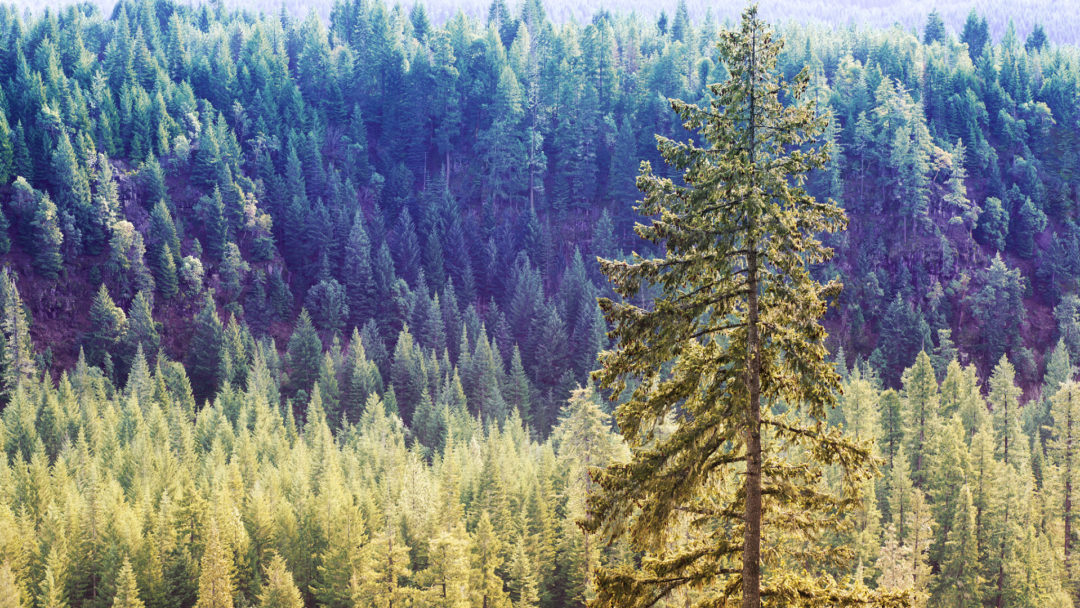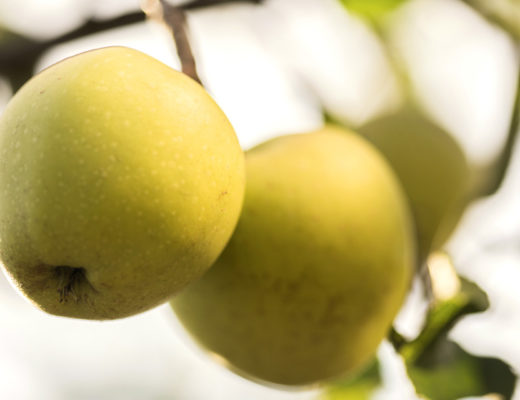Pinus ponderosa
When Lewis and Clark trekked through the Rocky Mountains into the headwaters of the Columbia River, they sailed in a canoe made from ponderosa pine. Nature writer Enos Abijah Mills was so intrigued by a ponderosa pine he wrote The Story of a Thousand Year Pine — unfolding the story of how loggers cut down a ponderosa pine he admired next to his camping site and left the tree there after it tumbled down in pieces and couldn’t be used as lumber. Upset by the actions of the loggers, Mills dissected the tree limb by limb, counting the growth rings from the stump and up. He dug up the roots and cut into the bark. He calculated that the tree was 1,040 years old.
Ponderosa pine is a heavy wood that was popular in colonial America for its durability in harsh climates and growing conditions. It is one of the most common trees covering the western landscape — stretching 27 million acres across western land— and one of the most abundant trees in the country (hardiness zones 3-7). Many consider the ponderosa pine to be an icon of the west. In fact, writer Arthur Plotnik has called it the “western soul tree.”
Its common name is straight forward, originating from its Latin name ponderosa pinus. Ponderosa means ponderous, inspired because of its durable wood and pinus the Latin word for pine. But that’s not the only common name the tree is referred to. A popular alternative to ponderosa pine is yellow pine because of the hue of its bark. Other names include black jack, western red, western pitch, big heavy, Sierra brownbark, western longleaf and ponderosa white.

A ponderosa pine tree in Bryce Canyon National Park.
This rugged and audacious species grows in places that other trees wouldn’t dare survive, like the edge of rocky cliffs and dry mountain slopes. It is one of the tallest trees of the Southwest, towering as high as 200 feet in its natural range. The national champ grows in Plumas County, California and stands 227 feet tall with a diameter just under eight feet.
Aside from its distinguished rusty-orange bark and lean statue, many recognize the pine because of its sweet smell, resembling vanilla or butterscotch. As though the tree isn’t appealing enough, these beauties can live up to 500 years or more in the wild.
Ponderosa pines forests defy the common notion of a healthy environment for trees to thrive. For example, ponderosas depend on Low-intensity or surface forest fires for the long-term sustainability of the forest. Because their bark is thick and fire-resistant older ponderosas often survive forest fires. The fires are necessary to help maintain the shade-tolerant species from invading ponderosa pines habitat and clear out dry debris which helps prevent larger, uncontrollable fires from occurring.
With the appropriate space, these sun-loving trees can be planted and cared for outside of the wild. They are low-maintenance and survive in the toughest of climates. They grow up to two feet a year and reach 60-100 outside of their natural habitat. Be cautious as they do have deep, wide-spreading tap-roots.




